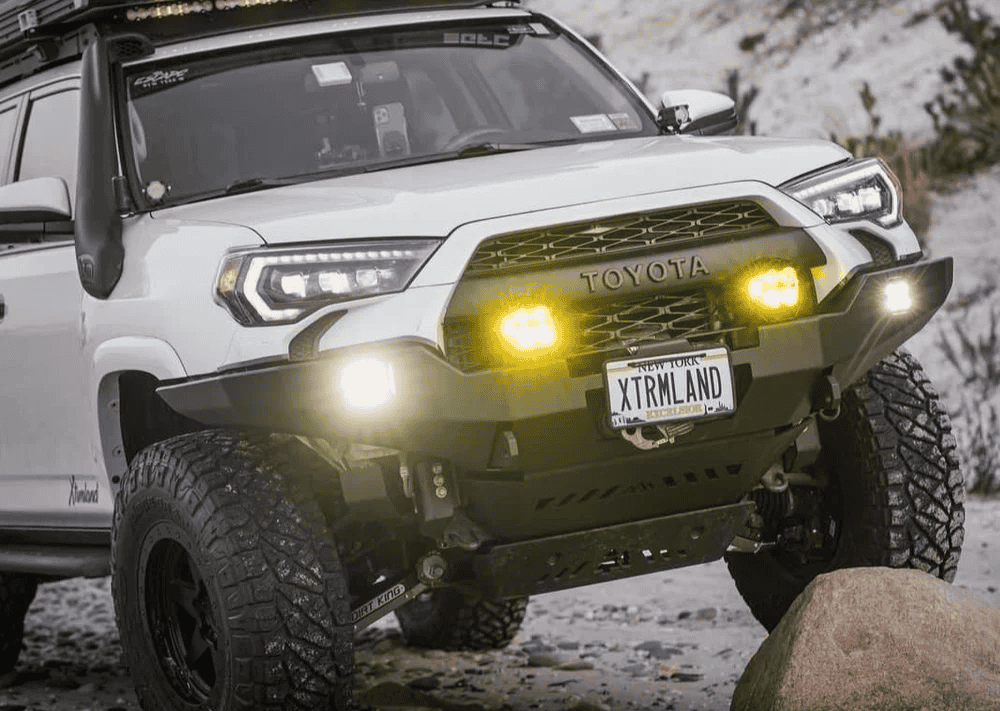Overland Vehicles

An overlanding stove earns its keep when the wind is up, temperatures drop, and dinner still needs to happen. Think of three pillars first: fuel, flame control, and safe operation. Fuel choices include canister gas, liquid fuel, alcohol, solid fuel tablets, wood gasifiers, and electrically powered induction. Each option carries tradeoffs in cold performance, availability, pack volume, and ease of use. Stability matters just as much as raw heat, which is why a wide base, grippy feet, and a sensible pot support often beat a record boil time. Add a windscreen whenever possible, and keep a fire blanket and extinguisher within arm’s reach.
Your kitchen should mirror your menu. If you simmer stews, sauté veggies, and bake cornbread in a Dutch oven, you need steady flame control and a stable platform. Those who mostly boil water for coffee, soups, and dehydrated meals can prioritize compact systems and wind resistance. A group of four calls for wider burners and larger cookware, while a solo traveler might prefer an ultralight kit with nesting pots. The best camping portable stove blends size and power with the right regulator and a windscreen that actually fits the pot you use most. Survival focused users should consider simple ignition systems, spare jets or gaskets, and tools that allow quick cleaning in the field.
The best survival stove works when conditions get mean. Reliability beats novelty. Choose a design with proven cold weather performance, readily available fuel, and simple maintenance. Look for solid pot supports, a valve that offers smooth low flame control, and shields that tame gusts. Pack spare parts you can swap with gloved hands.
Electric induction brings clean cooking and fine control, but it demands a stout battery bank and proper inverter sizing. If you run induction, calculate watt hours per day, include inefficiencies, and verify cable gauge and ventilation. For many travelers, a dual burner canister or liquid fuel setup remains the electric gas stove portable alternative with easy refueling and predictable run time. Hybrid kitchens combine both, using gas outdoors and electric indoors when weather closes in.
Wind is the silent fuel thief. Build windbreaks with natural features, set up on the leeward side of the vehicle, and use a well sized windscreen. At altitude, water boils cooler, so plan longer cook times or pressure cook when you can. In the cold, store canisters in a jacket pocket before use and warm them in lukewarm water, never near open flame. Choose flat bottom cookware with tight fitting lids to conserve heat and fuel. Keep a dedicated cutting board and knife for camp use, and always cook on a level surface with proper clearance from fabric and fuel containers.
Pack stoves and fuel in ventilated spaces, away from ignition sources. Wipe soot from pots before storage to avoid mess inside drawers. Seal spices and oils to prevent animal interest, and keep grey water closed until disposal. Practice a clean staging routine so you do not leave trace.
Load your cookware and a week of ingredients at home and do a full rehearsal. Note fuel burn, hot spots, and how your favorite meals behave outdoors. Replace parts that show wear and adjust your kit to the menus you actually cook.
When your kitchen matches your travel style, meals become easy rather than a chore. If you want a purpose built slide out galley, a dedicated induction bay, or secure storage for liquid fuel, OZK can integrate a stove layout with ventilation, fire safety, and power that suits your route. See how complete builds handle kitchen duty on our rigs here: Explore overland rigs. If you already own a platform and need a dialed kitchen, look into a focused upgrade: Custom overland upfit. Curious about our process, materials, and handoff experience in Northwest Arkansas? Learn more here: Why choose OZK Customs.
Whether your priority is the best survival stove for emergencies or the best camping portable stove for long weekends, we design around fuel logistics, storage, ventilation, and fire safety. If you are evaluating an electric gas stove portable option, we will size your battery bank, inverter, and cabling so your morning coffee does not trip a breaker. Tell us how you cook, and we will turn that into a kitchen that works every time you open the tailgate.
Ready to build a rig that cooks like home and thrives off grid? Tell us how you eat, where you travel, and what fuels you prefer. OZK Customs will design a kitchen and power plan that fits your route and your appetite—start your custom overland upfit today.
ADDRESS:
6159 E Huntsville Rd, Fayetteville, AR 72701
PHONE:
(479) 326-9200
EMAIL:
info@ozkvans.com